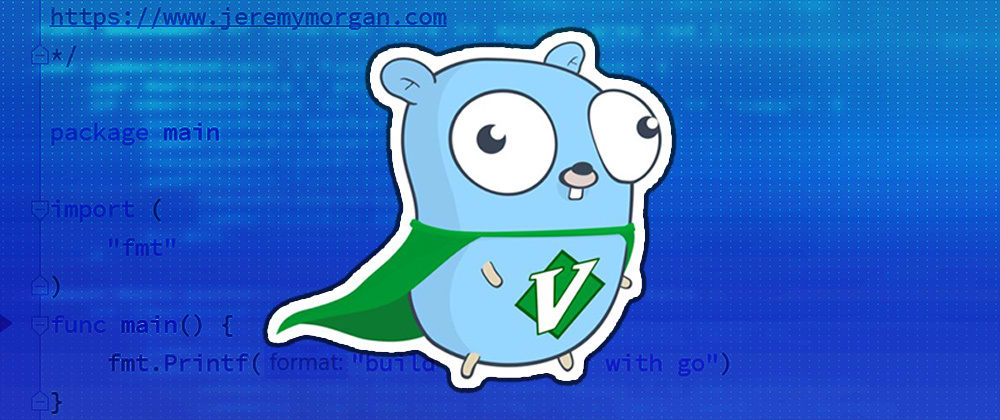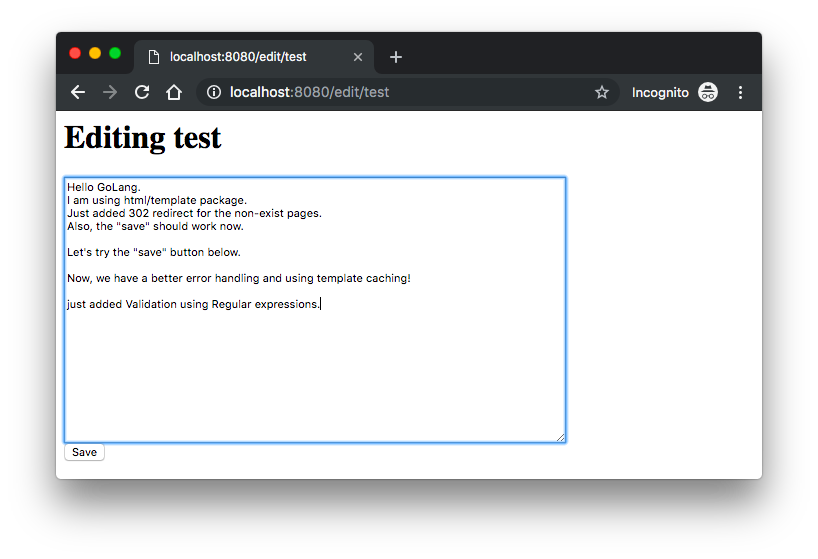
checking for errors and syncing at the end. WriteToFile will print any string of text to a file safely by Otherwise, w.Write is called exactly once.Įrr := WriteToFile("test.txt", "The Witcher") If w implements StringWriter, its WriteString method is invoked directly. Where do I put the autoexec file and how do I make it work Reply. Golang WriteString() writes the contents of the string s to w, which accepts a slice of bytes. The ioutil.WriteFile() function will create a file if it does not exist, and if it exists, then truncate it and write the provided data in that file. You can open the test.txt file and see its content, which is “ AppDividend“. We will write “ AppDividend” to a newly created file. The Write() function returns a non-nil error when n != len(b). It returns several bytes written and an error, if any. The Write() function writes len(b) bytes to the File. func (f *File) Write(b byte) (n int, err error) To write bytes into the file in Golang, use the os.Write() function.

go run hello.goģ4 bytes written successfully Writing bytes to a file In the console, your output looks like this.
#Golang file peek tv
Now, if you check in the file directory, there is a new file called test.txt, and if you open that file, you will see “ LG 32 INCH Smart TV For My Company“. It writes a string rather than a slice of bytes. It has methods for the request query string, parameters, body, HTTP headers and so on. Ctx represents the Context which hold the HTTP request and response. Some constants for BodyParser, QueryParser and ReqHeaderParser. The method returns several bytes written and errors, if any. // maxParams defines the maximum number of parameters per route. This function returns the File descriptor.įirst, we create a file and then use the WriteString() function to write the bytes into a newly created file. If a file with that name already exists, then a create function truncates the file. Inside the main() function, The os.Create() function creates the file named test.txt. In the above code, first, we have imported two fmtand ospackages. L, err := f.WriteString("LG 32 INCH Smart TV For My Company")įmt.Println(l, "bytes written successfully")
#Golang file peek code
Press Ctrl and click the member, you will see the Peek Definition window instead of Go To Definition.See the following code example. The CTRL + Click will run the Go To Definition command, but you can make it open a Peek Definition window by changing an option on Tools > Options > Text Editor > General.Ĭheck the option Open definition in peek view and click OK button. The tooltip on each dot shows the file name that the dot represents. A set of breadcrumb dots appears next to the definition window tab, which you can use to navigate between definition windows.

You can open another Peek Definition window inside an already open Peek Definition window.




 0 kommentar(er)
0 kommentar(er)
